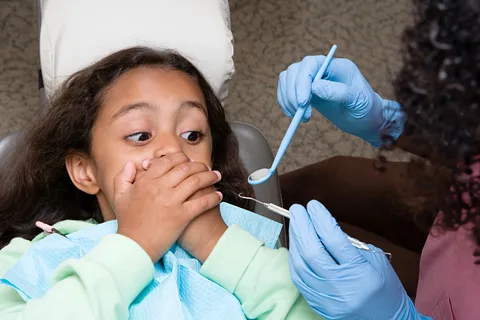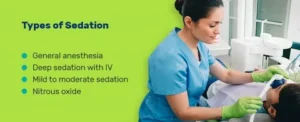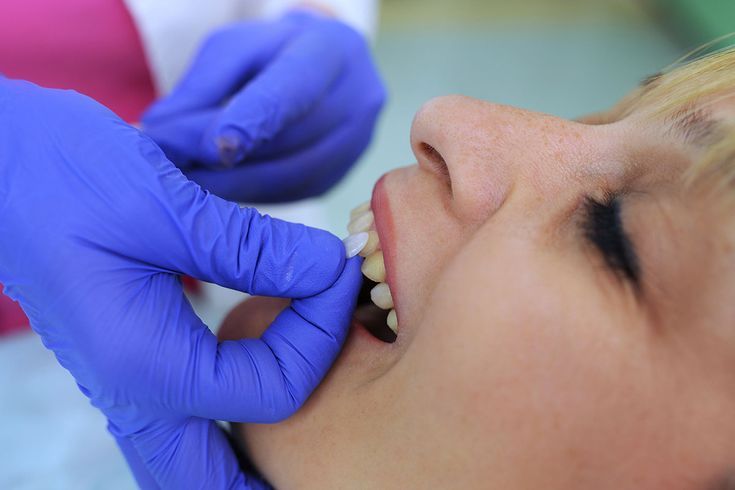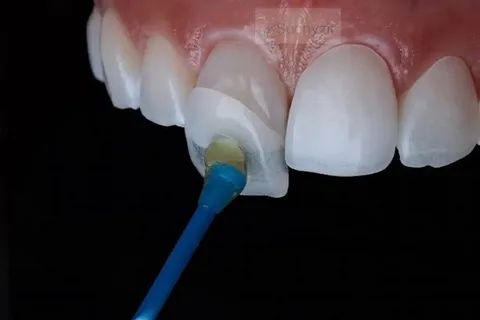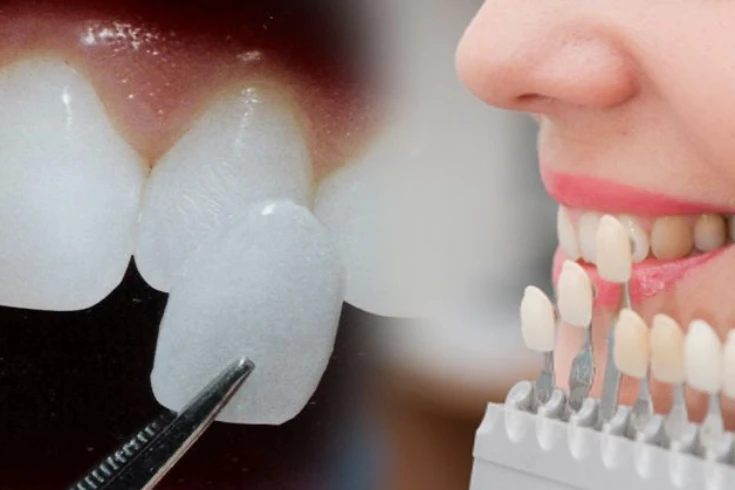Comfort during dental procedures is essential for maintaining a child’s oral health. Pediatric dental sedation has proven to work very well in many children who experience dental anxiety or have special needs. In this blog, we will go in-depth into pediatric sedation dentistry: types, benefits, risks, and considerations. We’ll also discuss how to prepare your child for sedation and what to expect during the recovery process.
Introduction to Sedation in Pediatric Dentistry
Anxiety about dentistry is a common feature among children. Some children develop such great fear of dentistry that they refuse needed dental care. Pediatric sedation dentistry manages the anxiety of children and keeps them comfortable during dental procedures. It also allows the dentist to perform challenging procedures without any complications.
Types of Pediatric Dental Sedation
There are several levels of sedation that are utilized within pediatric dentistry, each for different reasons. Parents and carers can make decisions about their child’s dental care by knowing what options are available.
Nitrous Oxide (Laughing Gas)
Nitrous oxide is a mild sedative that is given through a small mask placed over the nose of the child. It relaxes them, although it does not make them sleepy. The child will remain fully awake and able to listen to the dentist for instructions. Nitrous oxide is ideal in cases where the child has slight anxiety or during less intensive and short procedures.
Advantages:
- Fast action and subsequent clearance.
- Minimal side effects.
- Dosage can easily titrate during the procedure.
Disadvantages:
- Not indicated in cases of acute anxiety in children or extended procedures.
Oral Sedation:
Oral sedation involves the administration of a liquid or a pill-type sedative to the child just before the procedure. Oral sedation is generally provided for children who need a moderate level of anesthesia, wherein the child is awake but in a drowsy, sleepy state. Oral sedation has a longer action and may take longer to recover fully from.
Advantages:
- Provides an opportunity to be extremely soothing for moderately anxious children
- It will permit the child to stay conscious yet relaxed
Disadvantages:
- More complicated to control the dosage post-administration.
- It may cause drowsiness or nausea after the procedure
IV Sedation type of pediatric dental sedation
The dentist will administer IV sedation via a vein in your body and provide a deeper level of sedation than oral or nitrous oxide. It is perfect for those children who need more extensive dental work or whose anxiety is just too severe.
Pros:
- The action initiates almost immediately and is adjustable.
- A deeper stage of relaxation is attained.
Cons:
- Requires close supervision by a certified anesthesiologist.
- Involves the utilization of needles, which may be a concern for some children.
General Anesthesia
It is the deepest level of sedation. General anesthesia will be utilized when there is a requirement to perform a more complex or invasive procedure on the patient. The patient will be completely asleep and unaware during the treatment. This is usually considered in highly invasive or long cases when other sedation alternatives are inadequate.
Pros:
- Useful in highly invasive or long procedures
- There is no discomfort whatsoever during the procedure.
Cons:
- There is a greater risk of side effects and complications.
- More extended recovery period compared to other types of sedation.
When is Pediatric Sedation Dentistry Indicated?
Pediatric sedation dentistry or pediatric dental sedation is indicated in the following situations:
- When a child is so apprehensive or fearful of dental visits.
- For younger children who cannot remain still in a chair for extended lengths of time.
- When a child needs several procedures that need to be completed all at once.
- Children with special needs that prevent them from tolerating traditional dental services.
- When dental procedures are too invasive and require surgical intervention.
Advantages of pediatric dental sedation
There are various benefits of sedation in pediatric dentistry:
- Decreases Anxiety: It relaxes the child, therefore decreasing the traumatic effect of the visit.
- Less Movement: The patient is prevented from making jerky movements that can disturb the procedure.
- Allows for More Complex Treatments: The dentist can perform more intricate procedures and often in fewer visits.
- Promotes Cooperation: Children who are too young or refuse to cooperate can be treated better.
- Increased Safety: Provides a more controlled environment during dental procedures.
Risks and Safety Considerations
The pediatric dental sedation does not carry major risks; however, some are associated with it:
- Possible Side Effects: The most common side effects of sedation include dizziness, nausea, and residual sleepiness. Allergic
- Reactions: This rarely happens; some children can be allergic to certain medicines used for sedation.
- Respiratory Problems: Higher levels of sedation increase the risk for respiratory complications.
- Requirement for Proper Screening: Children need to be properly medically evaluated before any sedation to rule out contraindications to sedation.
To minimize risks, sedation should be provided by specially trained individuals skilled in pediatric anesthesia.
Preparing Your Child for pediatric dental sedation
Preparation plays an important role in the overall success of the sedation. Preparation Guidelines are as follows;
- Adherence to Fasting Instructions: Your dentist shall instruct on when your child should stop eating and drinking prior to the procedure.
- Describe the Procedure: Explain what will happen in a simple, non-threatening way. Do not use words that might frighten your child, such as “needle” or “pain.”
- Bring a Comfort Item: Allow your child to bring a favorite toy or blanket for reassurance.
- Wear Comfortable Clothes: Wearing loose-fitting clothing will help your child be more comfortable.
What to Expect on the Day of the Procedure
On the day of the pediatric dental sedation procedure, the dentist or anesthesiologist will review the sedation plan and answer any last-minute questions. Here is what generally takes place:
- Pre-Sedation Check: The dental team checks your child’s vital signs and goes over their medical history.
- Administration of Sedation: The administering of the chosen form of sedation will be done by placing a mask on your child for nitrous oxide, giving an oral medication, or an IV.
- Monitoring: A monitor will display the vital signs of your child throughout the process.
- Completion of the Dental Work: The dentist shall conduct the treatment in a manner comfortable for the child.
Post-Operative Care and Recovery
After the pediatric dental sedation procedure, your child shall be allowed to rest for some time to recover from the sedative. Here is what you expect:
- Monitor Your Child: Be with your child until he/she is no longer under the influence of the sedative. They will be groggy or dizzy.
- Avoid all strenuous physical activities for the rest of the day.
- Soft Diet: Allow only light, easy-to-eat meals; especially after oral sedation
- Follow-up appointment: Follow-up appointment to check on the child’s recovery and health of the oral cavity
Conclusion:
Pediatric dental sedation may provide a very calm and anxiety-free environment for treatments for anxious or special-needs children. Parents should understand what the types of options for sedation are, the benefits and risks, and what to expect. Parents should consult with a pediatric dentist who is skilled in sedation dentistry so that your child receives safe and appropriate care.
FAQ’s
Is dental Sedation in a pediatric setup safe?
Sedation, if done by professionals, is safe in pediatric dentistry. But one has to select a dentist who is experienced in pediatric sedation to avoid any risks.
How long does the sedation last?
The time for sedation depends on the type of sedation. Nitrous oxide wears off fast, and oral sedation takes a few hours for complete recovery.
Will my child feel any pain during sedation?
Pain and discomfort can be eliminated with the help of sedation, and for that purpose, higher levels of sedation, such as general anesthesia, are used to make sure the child does not feel anything at all during the procedure.

